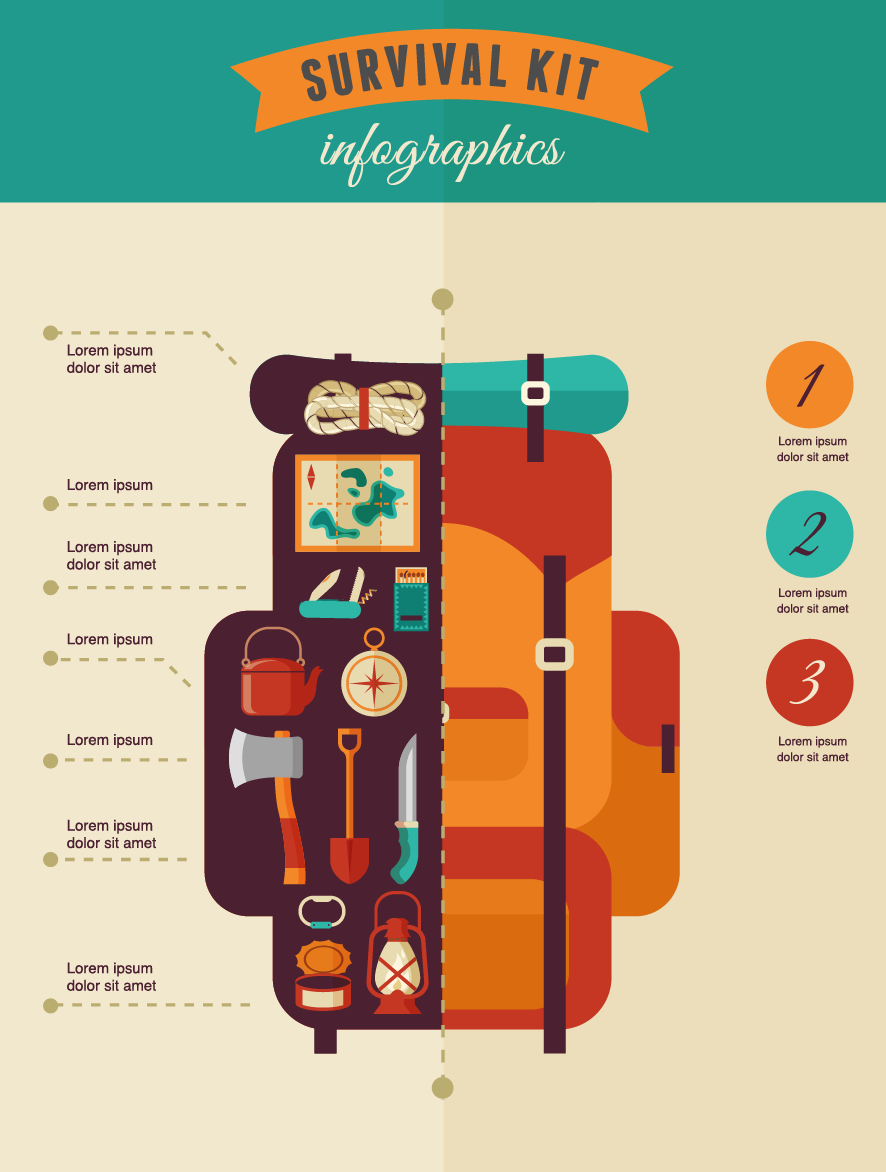The rainfall fly is an important element of your camping tent, protecting it from rainfall, wind and rough sunshine. Whether you pick a spacious multi-room tent or lightweight backpacking tent, you'll find that a quality rainfly improves your outdoor experiences.
Search for a rainfly with sturdy materials and a high water resistant ranking. Think about the weight and packability of a rainfly when picking it for backpacking trips.
Resting Outdoor tents
A rainfly offers added protection for your camping tent from unanticipated showers. Its design deflects rainfall and snow and helps avoid water from merging on the top of your tent. This can trigger the textile to sag and cave, causing leaks.
Modern rainfly fabrics consist of polyurethane or silicone coatings to provide phenomenal waterproofing. Many likewise include secured seams to avoid water from dripping through sewing. Some even have reflective spots to assist you find your tent in low-light conditions.
Choose a rainfly that mirrors the environment and outdoor camping conditions you encounter most often. For example, desert campers require a rainfall fly that blocks wind and UV rays. Backpackers should take into consideration ultralight rain flies to reduce pack weight without jeopardizing security. Look for adjustable add-on factors that allow you to alter the tension on the fly to make sure that it is taut and positioned properly to stop leakages. A well-positioned rainfly can also manage temperature level and minimize condensation inside the outdoor tents.
Tarp
Tarps are functional pieces of outdoor camping equipment, and a tarp sanctuary can be one of one of the most comfortable options for camp. Along with having the ability to be set up in endless ways, tarps likewise often tend to call for much less equipment than outdoors tents and are much lighter in weight.
A major advantage to tarp shelters is that they enable adequate air flow. While this can be a disadvantage for some campers, that could prefer to have a much more enclosed space, it is a crucial consider maintaining occupants from overheating and decreasing the buildup of condensation that could jeopardize the material.
Similar to various other configurations, when setting up a tarp shelter, make sure the ridge line is set up at an angle to aid straight rainfall and snow far from the sanctuary. A great ridgeline can likewise maintain wind from blowing the tarpaulin around. Guarantee the hiking boots tarp is secured correctly with appropriate tying strategies, such as a prusik knot (or gliding knot), at elevations that produce sufficient head room and are not a stumbling danger, and slope the tarp appropriately for water drainage.
Insurance coverage
A rainfly is among the most important items of outdoor camping devices to bring on any kind of journey. It safeguards your tent from weather that can promptly alter, allowing you to remain comfy and enjoy your wilderness journeys.
Modern rain fly designs supply greater than just water-proof security. Some have built-in photovoltaic panels to assist you keep billed on the move, while others have adjustable vents for air movement to alleviate condensation buildup. Picking a rainfly that fits your requirements and preferences is critical for the total experience.
Search for light-weight materials, such as nylon or polyester, and polyurethane coverings to boost water resistance. Additionally think about the rainfly's head hydrostatic stress score, which helps you assess its ability to hold up against rains and wind. Keep in mind that rainfall flies usually have to be cleansed after each use, given that dirt can endure the waterproof layer. It's ideal to clean and shop it in an awesome, completely dry location to stay clear of mold and mold.
Shelter
A rainfly is a crucial piece of equipment for your hammock, securing you from the elements and making certain that you can sleep pleasantly. When selecting a rainfly, take into consideration the climate and problems in which you'll be outdoor camping. For example, tropical environments may call for a rain fly that has high moisture and UV protection. Various other factors to consider include textile type and weight. Search for alternatives that are lightweight and made from long lasting products that resist abrasions and discolorations.
If you do not have a rain fly, you can develop a makeshift shelter utilizing a tarp. However, it's ideal to set up your rainfall security first prior to putting up the remainder of your outdoor tents. This guarantees that you can rapidly and conveniently get in and out of your hammock in case of an unexpected storm or adjustment in weather condition. Also, make certain that your rainfall fly is appropriately anchored to stop flapping in the wind. Remember that rain flies and pest internet need to be cleaned up routinely to stop mud, mildew and mold from developing over time.
